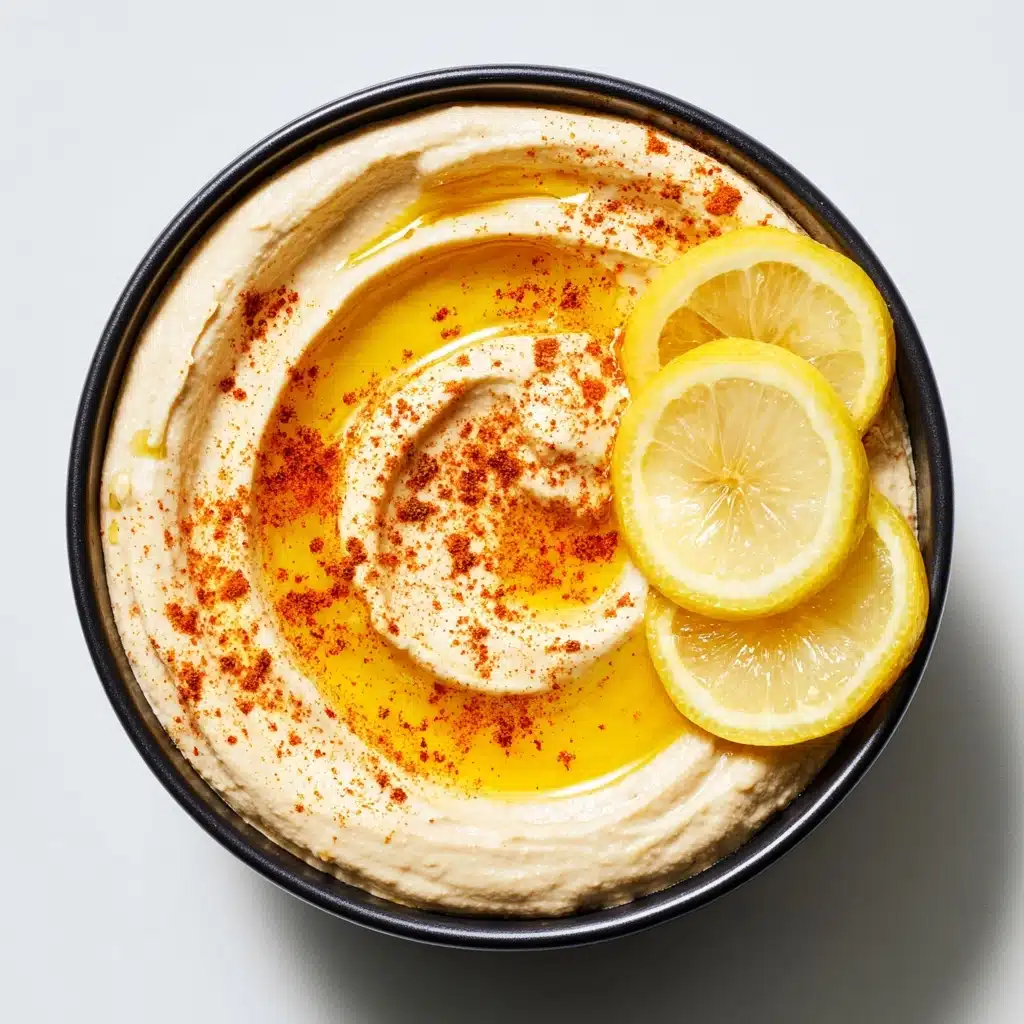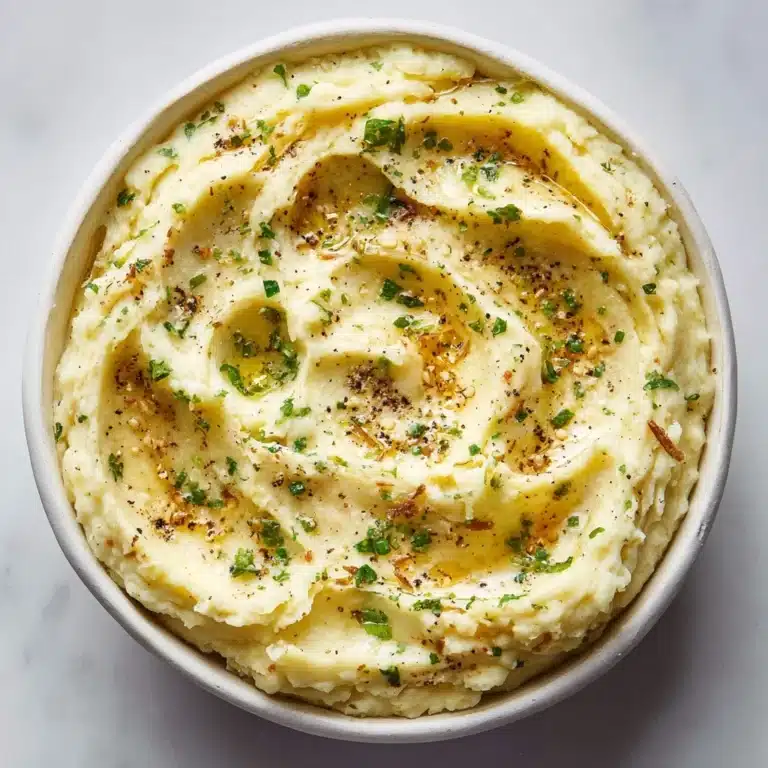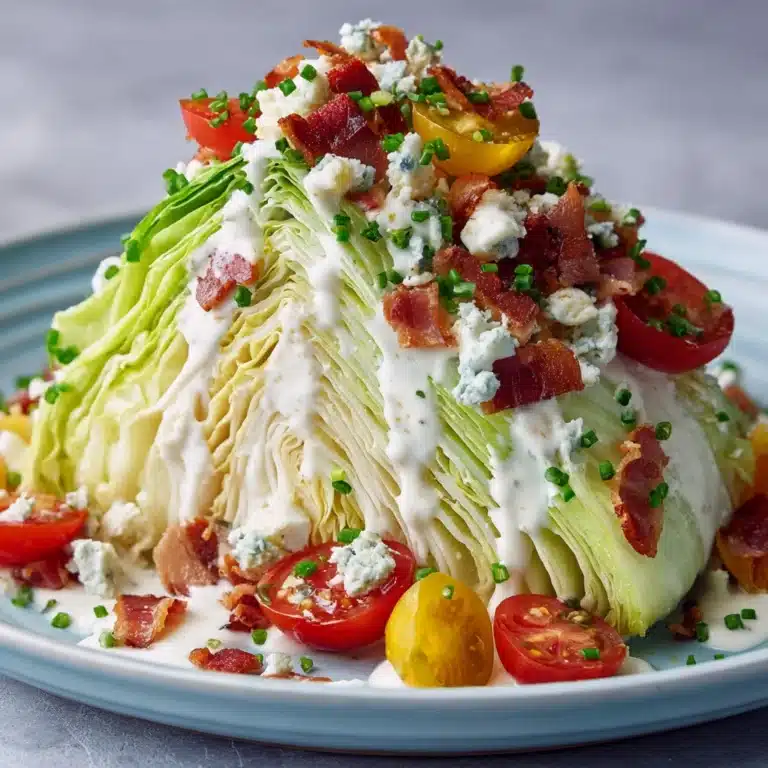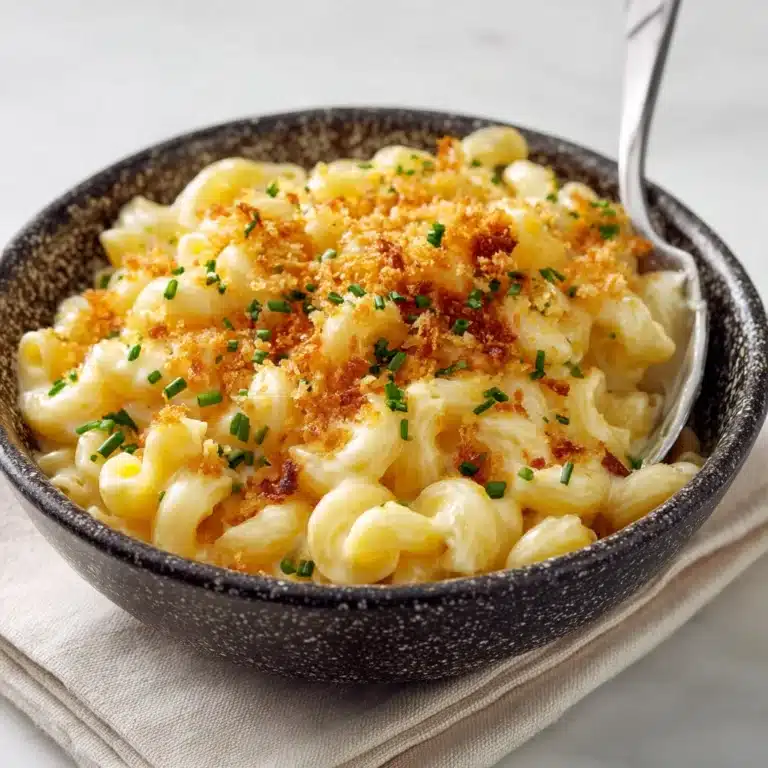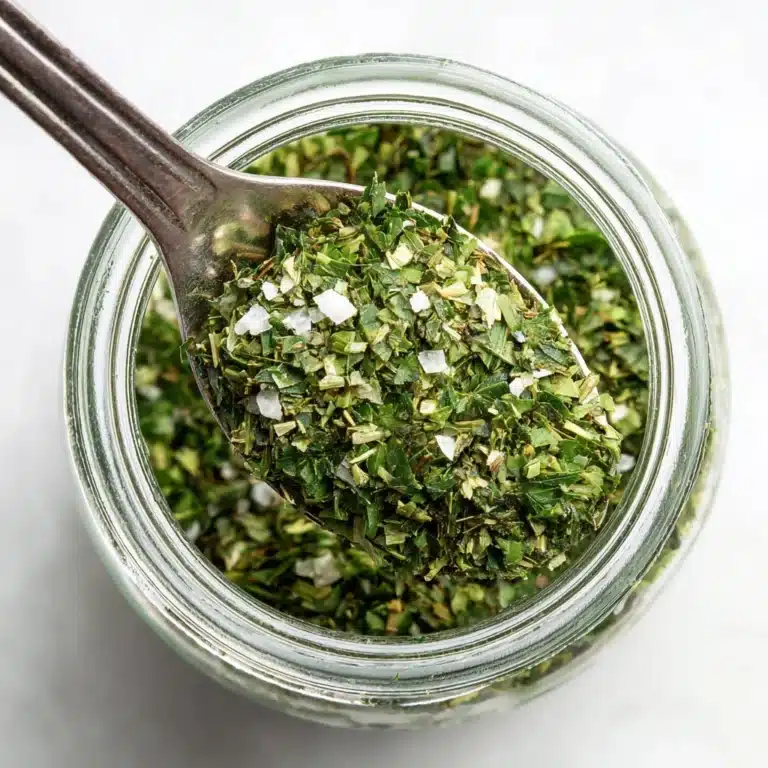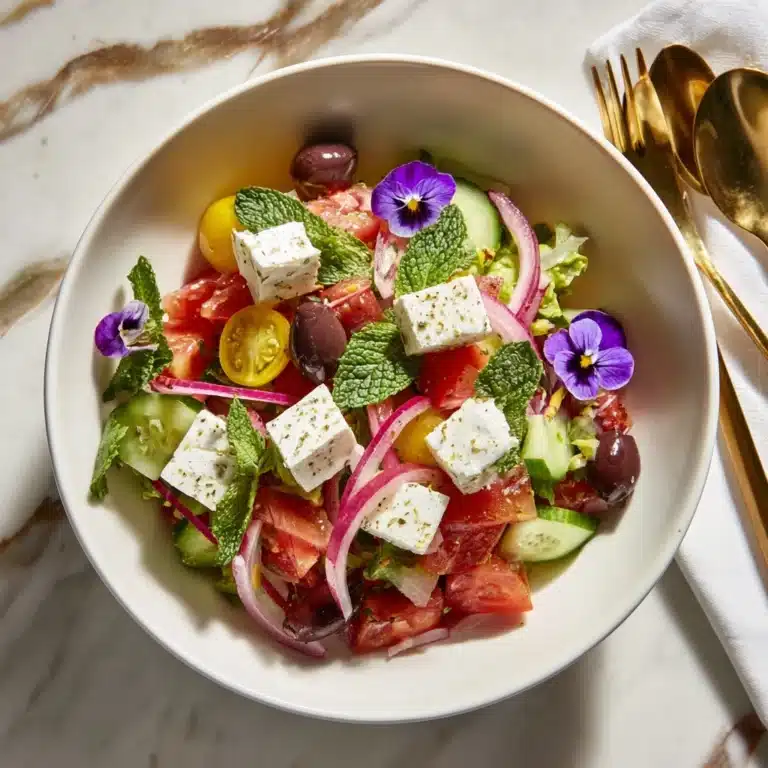If you’re ready to taste a true gem from the heart of the Mediterranean, Greek Fava will quickly become a beloved staple on your table. This velvety yellow split pea purée, bursting with sunshine color and crowned with vibrant garnishes, brings together simplicity and soulfulness in every bite. Straight from the Greek islands, Greek Fava is naturally vegan, deeply satisfying, and perfect as a dip, appetizer, or zesty spread. Whether you’re new to this classic or eager to recreate a dish you loved on vacation, you’ll find this recipe easy, comforting, and endlessly versatile.
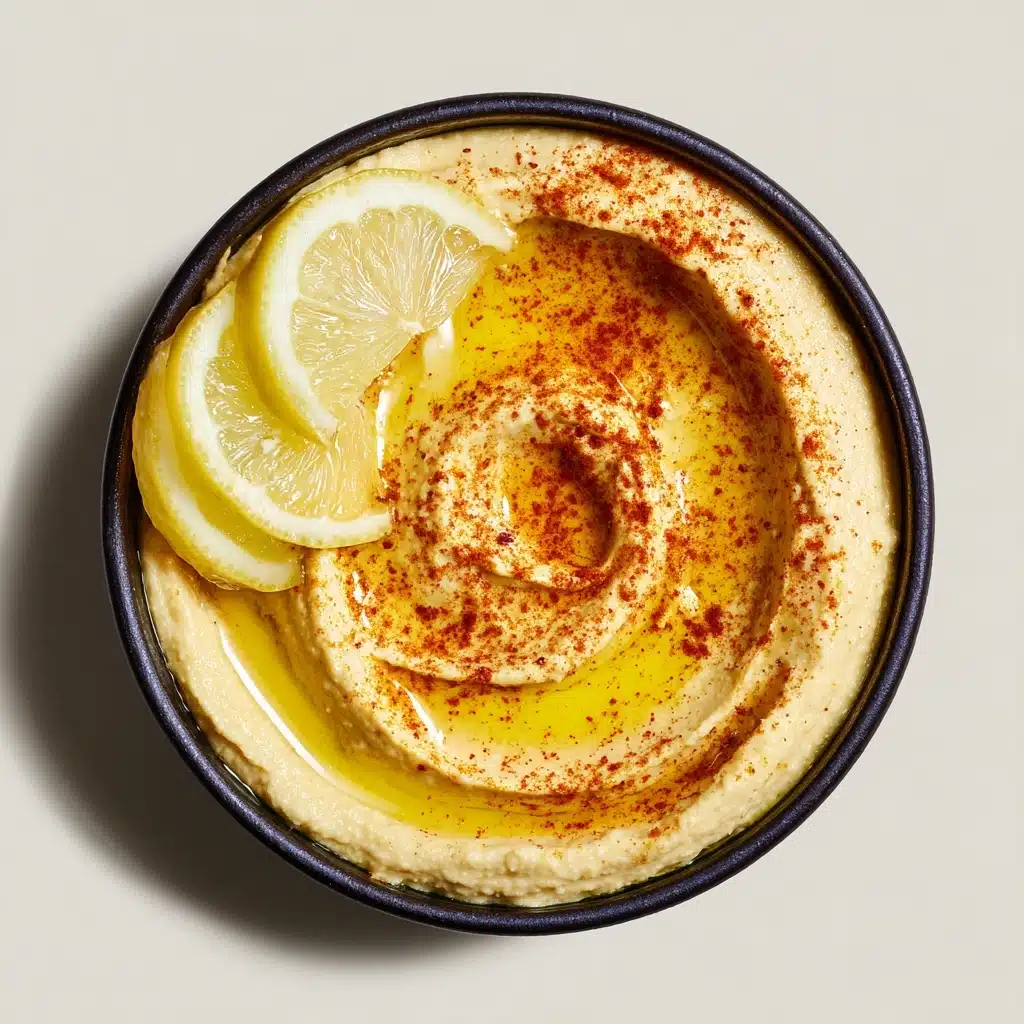
Ingredients You’ll Need
Simple, honest ingredients are the secret behind the irresistible flavor and creamy texture of Greek Fava. Each component plays an irreplaceable role, elevating this rustic dish into something truly special, with bursts of color and a freshness you’ll love.
- Yellow split peas: The main star of Greek Fava, lending a creamy consistency and subtle sweetness.
- Finely chopped onion: Adds delicate depth and aromatic sweetness right from the start.
- Extra virgin olive oil: For both cooking and drizzling, it enriches the purée with luxurious flavor and a silky finish.
- Water: Used to gently coax the yellow split peas into soft, spoonable perfection.
- Bay leaf: Adds an earthy, herbal undertone that lifts the flavor profile.
- Salt and freshly ground black pepper: Essential seasonings to balance flavors and add the perfect pop at the finish.
- Thinly sliced red onion: Traditional garnish that brings crunch, color, and zesty contrast.
- Capers and chopped fresh parsley: These classic toppers make Greek Fava sing with briny, bright, and herby notes.
- Lemon wedges: For squeezing over the top, adding a tangy sparkle just before serving.
How to Make Greek Fava
Step 1: Sauté the Onion
Start by heating two tablespoons of extra virgin olive oil in a medium pot over medium heat. Add the finely chopped onion and sauté for 2 to 3 minutes, until it has softened and turned wonderfully fragrant. This simple step lays the foundation for a purée that’s filled with subtle sweetness and depth.
Step 2: Cook the Split Peas
Add the rinsed yellow split peas to the pot, stirring to coat them with the oil and onion mixture. Pour in three cups of water and add the bay leaf, then bring everything to a gentle boil. Once it’s bubbling, lower the heat and simmer uncovered for about 30 to 40 minutes. Skim off any foam that forms on top and cook until the peas are exceptionally soft and most of the liquid is absorbed.
Step 3: Purée for Perfection
After removing the bay leaf, it’s time for the magic: purée the mixture using an immersion blender right in the pot, or transfer it to a food processor for an ultra-smooth finish. Blend until everything is creamy and velvety. This purée is the very heart of Greek Fava, offering warmth and richness in every spoonful.
Step 4: Season and Serve
Taste your fava and season generously with salt and freshly ground black pepper. Scoop it into a serving bowl while it’s still warm (or at room temperature, if you prefer). Create a gentle swirl with a spoon on top, then drizzle with another generous splash of extra virgin olive oil to add shine and extra flavor.
Step 5: Finish with Signature Garnishes
Top your Greek Fava with a lively tangle of thinly sliced red onion, a sprinkle of capers, and a flurry of chopped fresh parsley. Complete the presentation with lemon wedges for squeezing, making every bite burst with brightness and a hint of acidity.
How to Serve Greek Fava
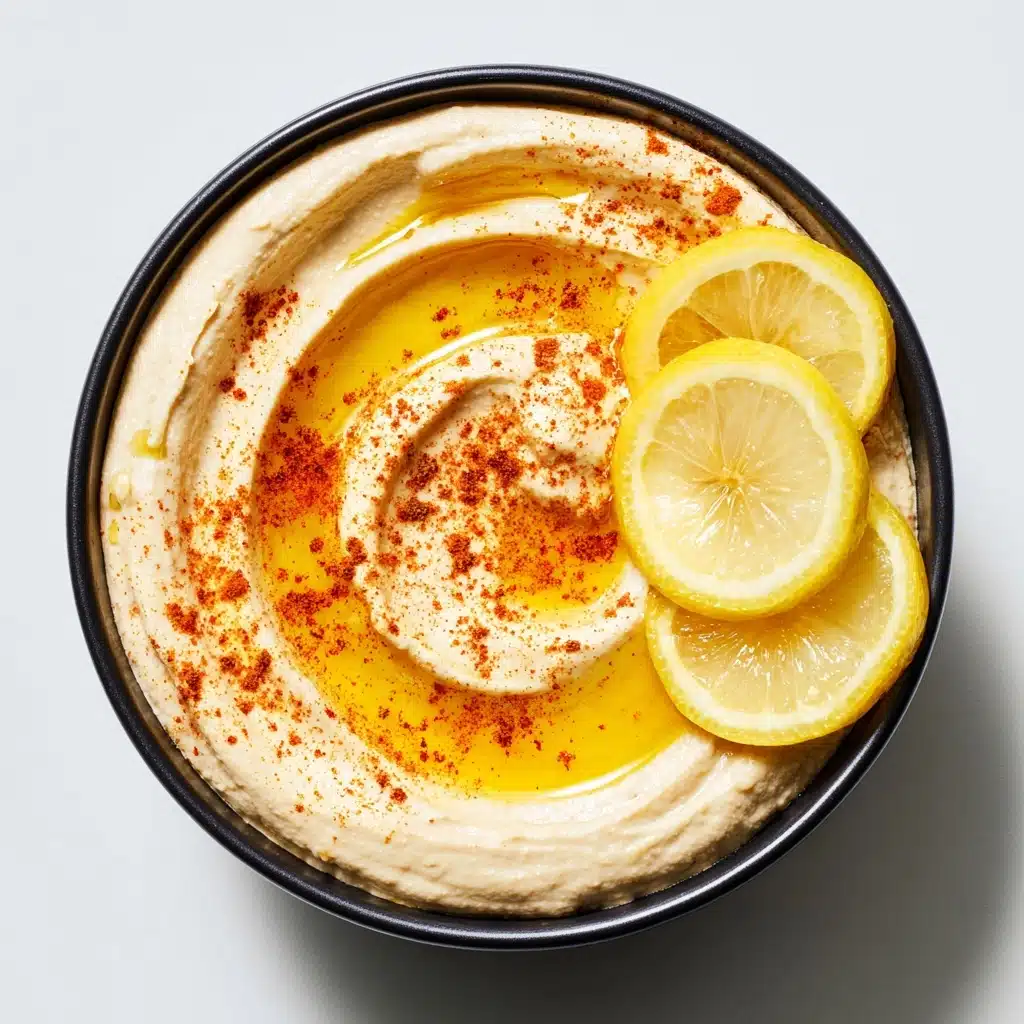
Garnishes
No Greek Fava is complete without its characteristic finishing touches. Classic garnishes like sharp red onion, briny capers, fresh parsley, and a generous glug of olive oil do more than just look pretty—they wake up every mouthful with freshness, color, and complexity.
Side Dishes
Pair Greek Fava with warm pita bread or rustic, crusty loaves for scooping, or place it alongside an abundant spread of olives, roasted vegetables, and Greek salad. Adding it to a meze platter allows its flavors to brighten up every gathering, turning casual snacks into a Mediterranean feast.
Creative Ways to Present
If you’re in the mood to get inventive, try spooning Greek Fava into individual jars for picnic treats, spreading it on crostini with tomato salsa, or using it as a protein-packed layer in veggie wraps. Its versatility shines however you share it, making it lovely for lunches, dinners, or even party appetizers.
Make Ahead and Storage
Storing Leftovers
Greek Fava stores beautifully in an airtight container in the fridge for up to three days. The flavors actually deepen as it rests, so you might find it even tastier on day two. Just keep the garnishes and lemon separate until you’re ready to serve.
Freezing
If you’d like to make a big batch, Greek Fava freezes well. Spoon it into freezer-safe containers, being sure to press plastic wrap directly on the surface to prevent freezer burn. When you’re ready to enjoy, let it thaw in the fridge overnight and give it a good stir before refreshing with your favorite garnishes.
Reheating
To reheat, gently warm Greek Fava on the stovetop over low heat, stirring frequently and adding a splash of water or olive oil if it feels too thick. It’s also delicious straight from the fridge or at room temperature, making it a stress-free, make-ahead favorite.
FAQs
Can I use green split peas instead of yellow?
While green split peas will technically work, the flavor and color will be quite different from traditional Greek Fava. Yellow split peas are best for that sweet, creamy classic taste and warmly golden hue.
Is Greek Fava gluten-free?
Absolutely! The base of Greek Fava contains no gluten at all. Just pair it with your favorite gluten-free bread or crackers to keep the entire spread gluten-free.
Can I make Greek Fava without a blender?
Yes, although it will be a bit more rustic. Use a potato masher to mash the cooked split peas as smoothly as you can. The texture will be more chunky, but the flavor is still wonderful.
How do I prevent Greek Fava from being too thick?
If your purée seems thicker than you’d like, simply add hot water, a tablespoon at a time, and stir until you reach the perfect silky consistency. Remember: it thickens as it cools!
What proteins go well with Greek Fava?
Greek Fava is satisfying on its own, but it’s wonderful with grilled fish, roasted chicken, or tossed alongside a Greek salad topped with feta and olives for a complete meal.
Final Thoughts
This Greek Fava is living proof that humble ingredients can create moments of pure, Mediterranean magic at your table. Take a little time to simmer, purée, and garnish, and you’ll have a dish that brings warmth, comfort, and a taste of Greece to everyone you serve. I can’t wait to hear how it becomes your new favorite, too!
Print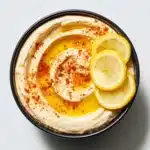
Greek Fava Recipe
- Total Time: 45 minutes
- Yield: 4 servings 1x
- Diet: Vegan
Description
Greek Fava is a traditional Greek appetizer made from creamy yellow split pea purée, seasoned with aromatic olive oil, herbs, and tangy lemon. This vegan dish is perfect for spreading on pita or crusty bread.
Ingredients
Main Ingredients:
- 1 cup yellow split peas, rinsed
- 1 small onion, finely chopped
- 2 tablespoons extra virgin olive oil
- 3 cups water
- 1 bay leaf
- Salt and freshly ground black pepper, to taste
For Garnish:
- 2 tablespoons extra virgin olive oil (for drizzling)
- 1 small red onion, thinly sliced
- Capers and chopped fresh parsley
- Lemon wedges for serving
Instructions
- Sauté Onion: In a medium pot, heat 2 tablespoons olive oil over medium heat. Sauté the chopped onion for 2-3 minutes until softened.
- Cook Peas: Add the yellow split peas, water, and bay leaf. Bring to a boil, then simmer for 30-40 minutes until peas are tender.
- Purée Mixture: Remove bay leaf. Use an immersion blender or food processor to purée the mixture until smooth and creamy.
- Season and Serve: Season with salt and pepper. Transfer to a serving bowl, drizzle with olive oil, and garnish with red onion, capers, parsley. Serve with lemon wedges.
Notes
- Greek fava is traditionally served warm or at room temperature with pita or crusty bread.
- Can be made ahead and stored in the fridge for up to 3 days.
- Prep Time: 5 minutes
- Cook Time: 40 minutes
- Category: Appetizer
- Method: Stovetop
- Cuisine: Greek
Nutrition
- Serving Size: 1/2 cup
- Calories: 180
- Sugar: 3g
- Sodium: 180mg
- Fat: 7g
- Saturated Fat: 1g
- Unsaturated Fat: 6g
- Trans Fat: 0g
- Carbohydrates: 23g
- Fiber: 7g
- Protein: 7g
- Cholesterol: 0mg
